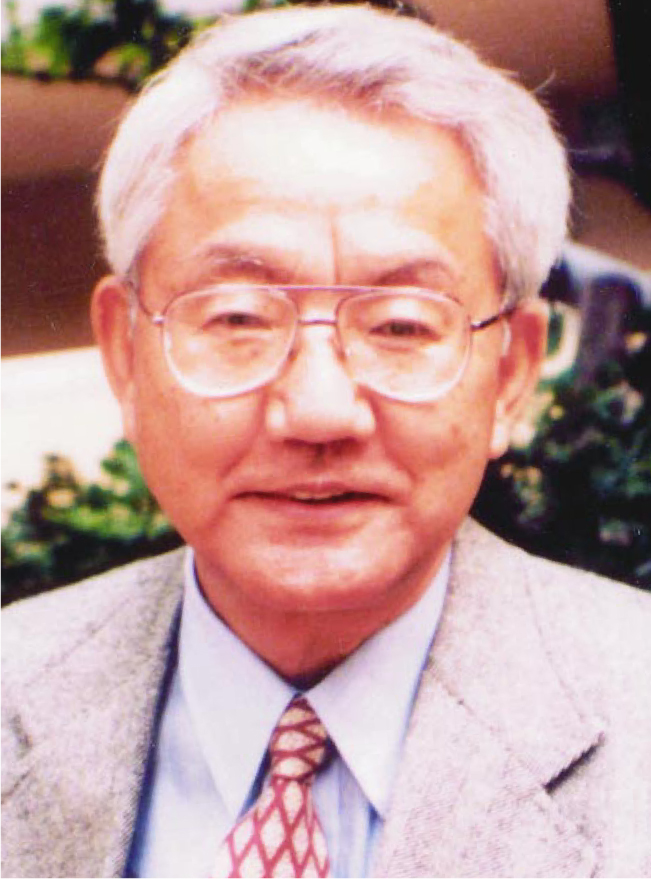Bunji Sakita
DOI: 10.1063/1.1595065
Bunji Sakita, whose research helped form the foundation of string theory and who made seminal contributions to the quark model, died on 31 August 2002 in Tokyo after a yearlong battle with cancer.
Sakita was born in the Toyama prefecture of Japan in 1930. He attended Kanazawa University, where he received his bachelor’s degree in physics in 1953. He pursued graduate work with Shoichi Sakata’s group at Nagoya University, where he earned his master’s degree in physics in 1956. He then traveled to the US to study at the University of Rochester; he was among a select group of Japanese students that Robert Marshak had recruited to study at the university. There, under the guidance of Charles Goebel, Sakita received his PhD in physics in 1959.
That same year, he became a research associate in the physics department of the University of Wisconsin—Madison. He was named an assistant professor in 1962 and remained in that position for two years. During those early years of his career, he developed the SU(6) symmetry of the nonrelativistic quark model, which generalized Eugene Wigner’s supermultiplet symmetry of combining spin and isospin. Sakita then joined the high-energy physics division of Argonne National Laboratory but returned to Wisconsin in 1966 to take the post of professor of physics.
During a visit to Israel in 1967, Sakita learned of the work of Gabriele Veneziano. Sakita subsequently devoted his later work at Wisconsin to what would become the dual resonance model and, later, string theory. With Goebel, he obtained the many-particle generalization of the Veneziano amplitude. With Keiji Kikkawa, Miguel Virasoro, and others, he addressed the problem of unitarity of the dual amplitudes and set up the formalism of dual diagrams, which were analogous to Feynman diagrams, for the computation of loop amplitudes. Sakita then collaborated with C. S. Hsue, Virasoro, and Jean-Loup Gervais to develop the functional formalism for those calculations in which summation over Riemann surfaces naturally emerged.
In their paper “Field Theory Interpretation of Supergauges in Dual Models,” published in Nuclear Physics in 1971, Gervais and Sakita described the first supersymmetric action in the framework of world sheet string theory. Their work inspired Julius Wess and Bruno Zumino to extend supersymmetry to four-dimensional field theory. (A different version of super-symmetry had been developed in the former Soviet Union a little earlier.) Sakita’s papers during the 1970–71 period reflect the origins of the modern formulation of string perturbation theory as sums over Riemann surfaces. He also planted the seeds of another key idea of string theory: con-formal field theory.
When Marshak became president of the City College of New York in 1970, Sakita took a position there as a distinguished professor so that he could participate in the rapid expansion of the physics program and head the high-energy group. Through Sakita’s leadership, the group did first-rate work in string theory, supersymmetry, field theory, and particle phenomenology. Having been greatly influenced since his student days by the method of collective variables in many-body theory, Sakita continued the theme of collective motions throughout the remainder of his career. With his students Gustavo Branco and Paul Senjanovic, he worked on collective dynamics in the strong coupling theory of meson—nucleon physics in the path integral approach. He extended that work, with Gervais, to relativistic field theory with solitons. And in 1975, he and one of us (Jevicki) developed the full perturbation theory and the general formalism of collective coordinates.
Sakita’s several other collaborations produced interesting research. With one of us (Wadia, who was his student), together with Gervais, Sakita achieved extensions to gauge theories. During the late 1970s, Sakita and Jevicki applied the collective field method to the large-N limit of matrix models (in which it has become part of the standard lore). Sakita also worked with Jorge Alfaro to apply the method of stochastic quantization to large-N theories. He made significant contributions to condensed matter systems through his work on exhibiting the role of W symmetry.
An exceptional mentor, Sakita treated his students as his equals. He had numerous collaborators and students worldwide. In recognition of his many contributions, he was named a Guggenheim Fellow in 1970 and, in 1974, received the Nishina Memorial Foundation’s Nishina Memorial Prize of Japan.
Sakita’s interests were broad and varied; he sought out the fundamental physical basis of any problem. He had a true measure of himself, both as a person and as a physicist, which translated into a sense of humility and generosity. Sakita also possessed an unobtrusive yet direct way of speaking. His opinion, on matters of physics and nonphysics, was highly valued. He is sorely missed.


More about the Authors
Michio Kaku. 1 City College of New York, New York City, US .
Antal Jevicki. 2 Brown University, Providence, Rhode Island, US .
Spenta R. Wadia. 3 Tata Institute of Fundamental Research, Mumbai, India .
